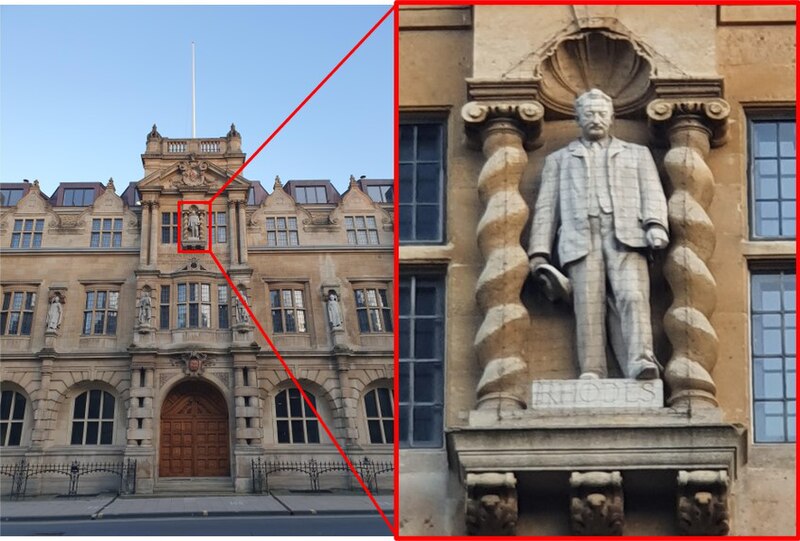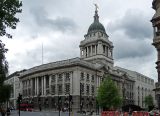
The British government has issued new guidance regarding contested statues, stating that they should remain in place but be accompanied by comprehensive explanations.
This guidance comes in response to a series of statue removals during anti-racism protests in 2020, which ignited a heated debate in the UK over how to handle statues of historical figures with controversial legacies, such as colonialists and slave traders.
The controversy began when a statue was toppled by Black Lives Matter protesters in Bristol, and other statues were subsequently removed by authorities. While then Prime Minister Boris Johnson and his ministers decried these actions as an erasure of history, activists and some public figures argued that glorifying such figures in public spaces needed to change.
The new guidance from the culture ministry advises that custodians of contested statues should adhere to the government's "retain and explain" policy. This means keeping the statues in place but providing a comprehensive explanation that offers a complete account of the person or event depicted. The aim is to provide a fuller understanding of the historic context, allowing for informed discussion and debate.
The guidance emphasizes that explanations can encompass various forms of media and creative approaches, not limited to text alone. It also stipulates that if custodians wish to relocate a statue after careful consideration, they must submit a planning application, and the decision will ultimately rest with the local authority.
Culture Secretary Lucy Frazer expressed her desire for cultural institutions to prioritize education and information over the removal of uncomfortable parts of history. She urged these institutions not to be influenced by politics or agendas.
Critics of the Conservative government argue that it has been exploiting divisive issues to fuel culture wars, aiming to shore up support from its electoral base during a period of economic hardship and declining poll numbers. On the other hand, Conservatives argue that they are defending against a far-left agenda that seeks to denigrate Britain and its history.
In 2020, during a pivotal moment of the Black Lives Matter movement in the UK, protesters pulled down a statue of Edward Colston, a 17th-century slave trader, and threw it into Bristol harbor. This event prompted a reevaluation of the past within various British institutions, resulting in the removal of some monuments, including one of Robert Milligan, an 18th-century slave trader in London. However, an attempt to remove the statue of colonialist Cecil Rhodes in Oxford ultimately failed.
These debates about contested statues have mirrored similar discussions in other countries, notably the United States, where statues honoring leaders of the Confederate States from the Civil War era have also been subjects of contention and removal. Photo by AstacopsisGouldi, Wikimedia commons.








































